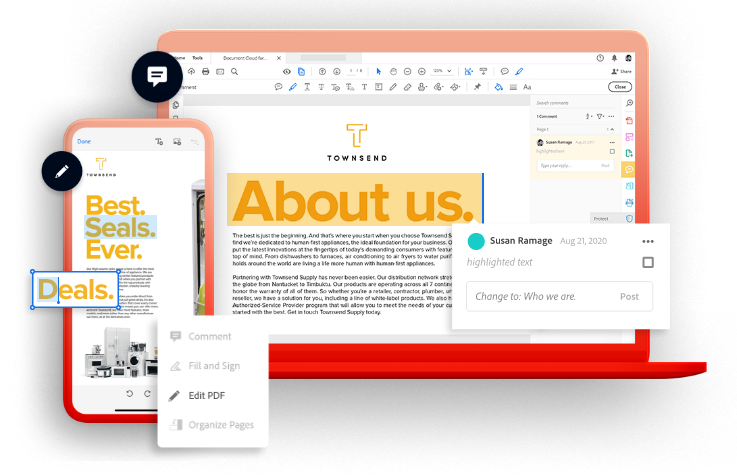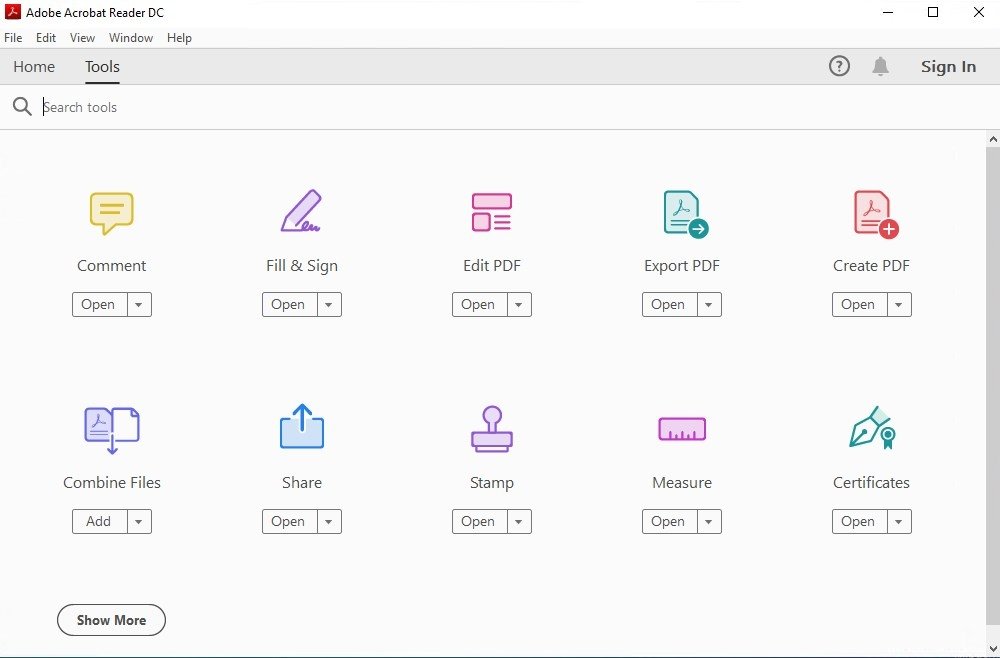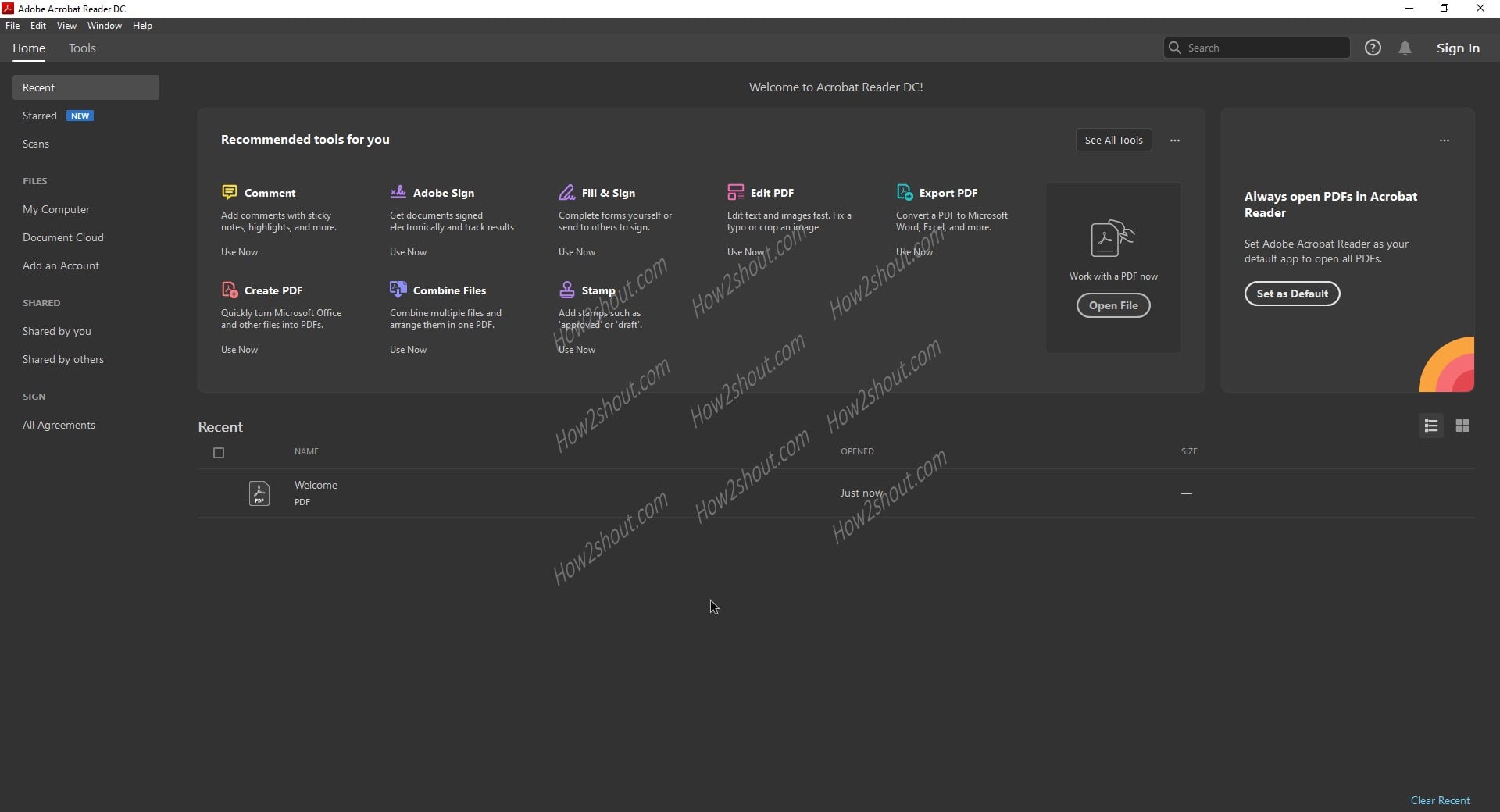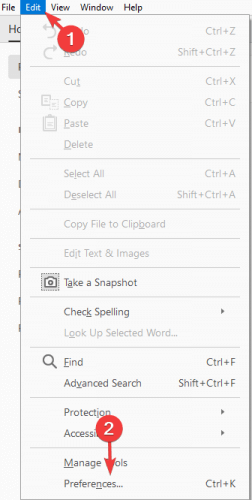

DRA will use it to print the document to the target printer.ĭ365FO also creates a new record in Document routing status, a table containing the printing log for all reports and printers.ĭRA uses the polling mechanism to check for any changes in the blob containers, i.e. The generated EMF files and print-settings of a printing D365FO report represent a print job information, which will be downloaded from Azure Blob storage by DRA.
#WHY USE ADOBE ACROBAT READER INSTALL#
You can install DRA on a print server or on a user workstation, which are part of the corporate network.ĭRA can run in two modes: as a desktop application (usually when installed on a user workstation) or as a Windows service (when installed on a print server). What is DRA and how it worksĭRA is an application provided by Microsoft and can be downloaded from D365FO ( Organization administration > Setup > Network printers). In order to support printing to network printers, Microsoft created Document Routing Agent (DRA).


Once we move to the cloud, direct printing is no longer an option, because D365FO nor SSRS Reporting Services don’t have access to network printers that dwell behind a company firewall in a corporate network. Therefore, in on-premises D365FO environments printing reports to network printers works without any additional application, as it was working in AX 2012. In on-premises environments, D365FO and SSRS Reporting Services can directly communicate with network printers, since they all are normally in the same corporate network.

Why do we need Document Routing Agents in the first place Please note that in AX 2012, where we have only on-premises environments and no need for DRAs, SSRS is capable of printing reports with custom margins to network printers directly. What Microsoft is saying about the reports, which require custom margins (as far as we know the Cheque report is the only one with custom margins in D365FO), is that Document Routing Agent (DRA) in combination with SSRS Reporting Services is not capable of conveying this information to a selected network printer directly. Alternatively, use a post-execution process to pick up the files in the target directory and direct them in the appropriate manner. Then install the printers that will handle those documents only on the Document Routing Agents that will run in desktop application mode. To handle scenarios where documents that have custom margins must be printed, we recommend that you install the Document Routing Agent in multiple locations. When the Document Routing Agent runs as a desktop application, it continues to take advantage of Adobe Reader to spool the document to the shared printer device that is selected in Finance and Operations. New configuration properties in the application’s Settings dialog box let you define the target location for document reports that require custom margins. Instead, the Document Routing Agent automatically routes those document to a target folder. When the Document Routing Agent runs as a Windows service, document reports, such as checks, that require custom margins can’t be printed directly to network printers. Let’s start with the explanation from Microsoft:


 0 kommentar(er)
0 kommentar(er)
